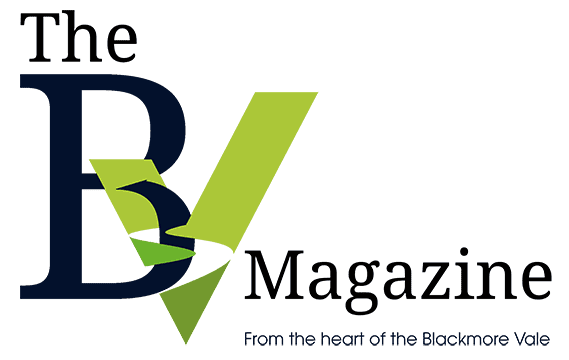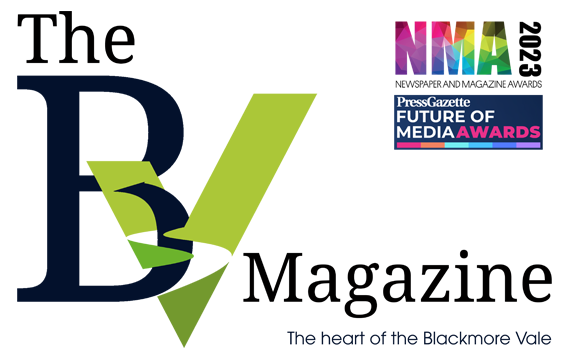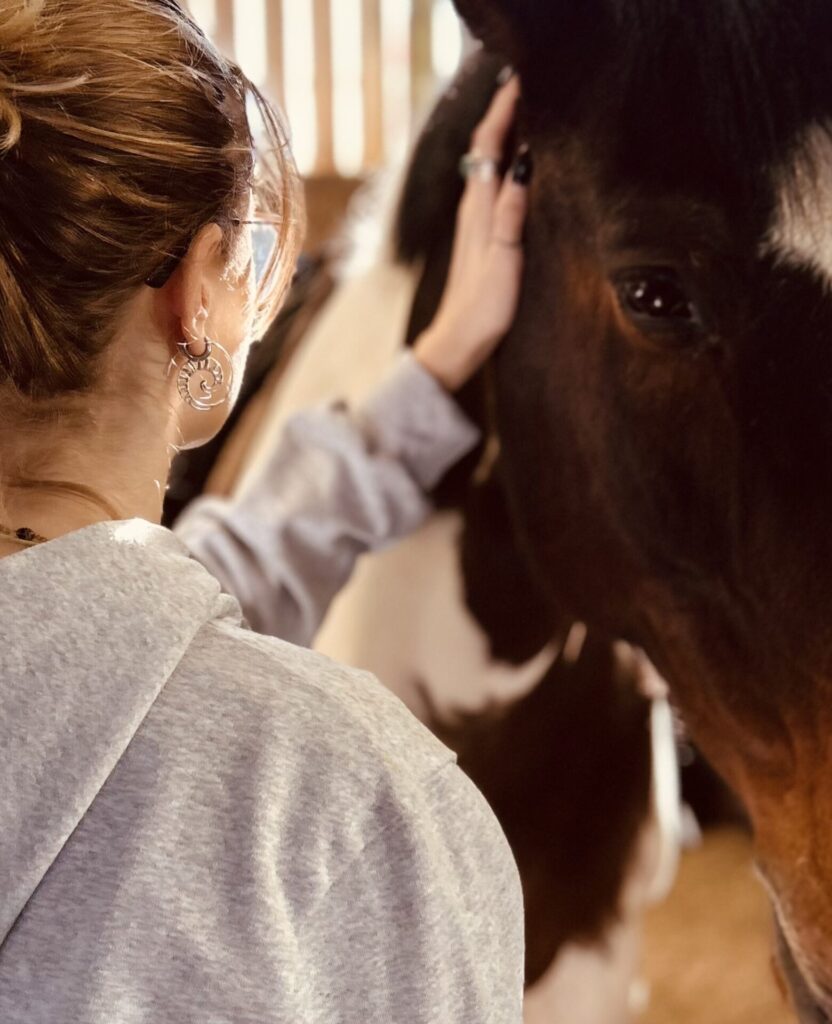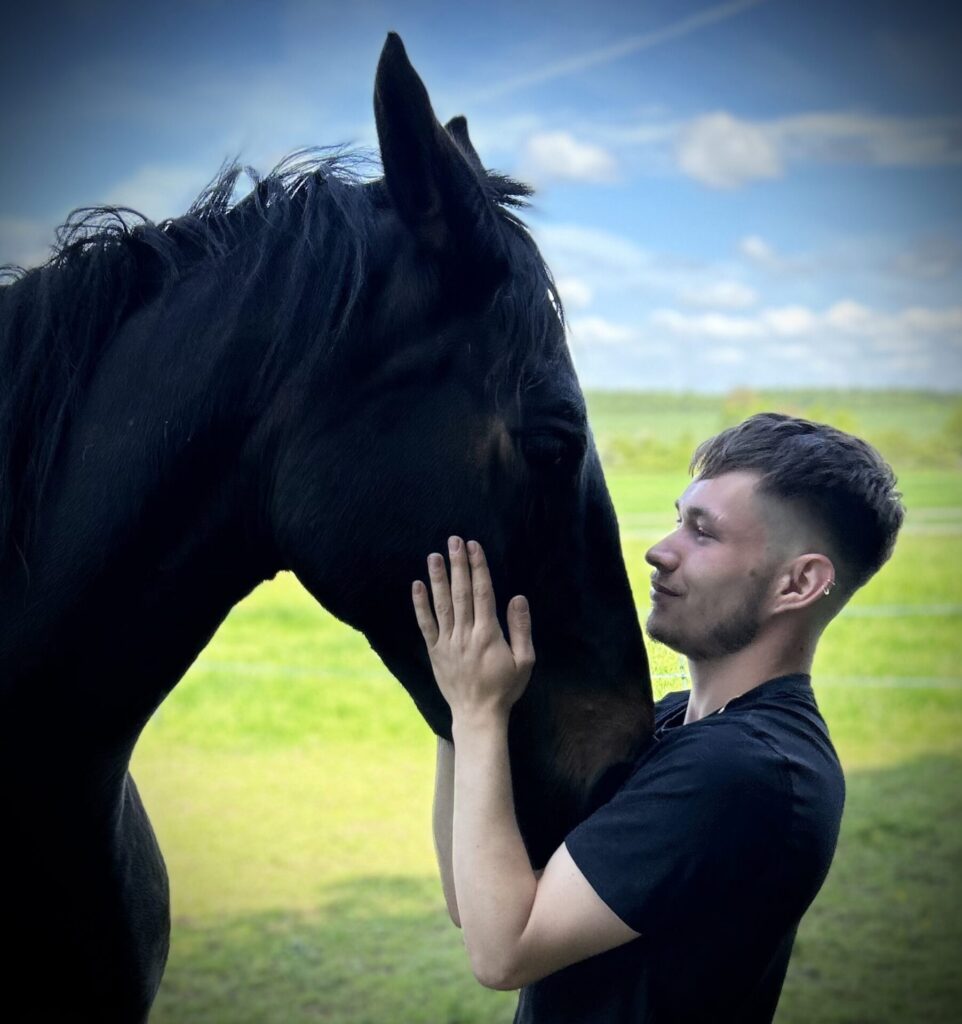An equine therapy centre in Blandford is creating transformative connections for those most in need of healing – Sally Cooper reports
Researching a new equestrian piece is always interesting – but coming to understand Horserenity at Kites Farm in Blandford has left me lost for words … perhaps fantastical fits? Perhaps deeply insightful of the horse/human relationship might begin to cover it?
Sarah Vivian started Horserenity almost by mistake. Her giant 17.2 warmblood Lumber Jack formed an unlikely bond with the young boy next door – Rory is on the autism spectrum, and she saw how he seemed to find a peace with Jack. As the connection grew between the pair, Rory’s behaviour started to relax. The idea that the positive horse and human connection might work as a form of therapy began to take form.
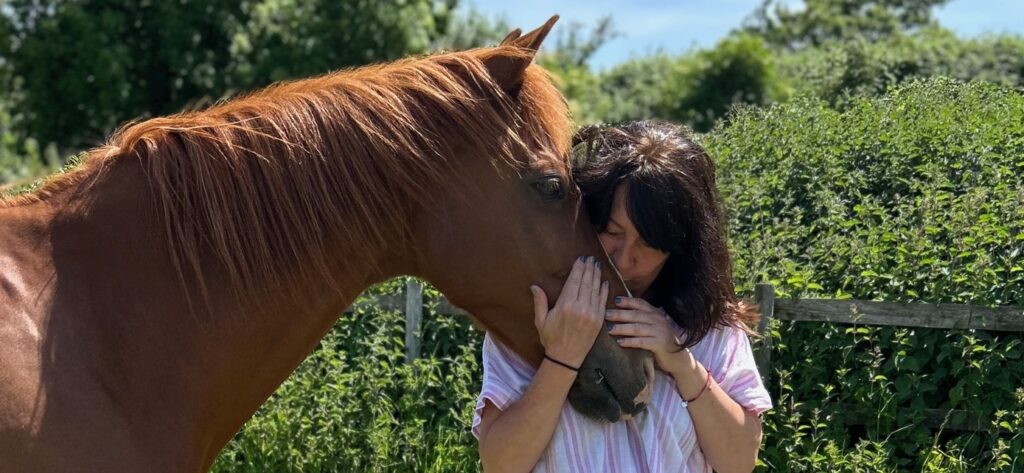
Eclectic therapists
In ten years, the project has grown and there is now a ‘natural herd’ of eclectic horses in Blandford, working with an equally mixed group of adult clients and young learners. The herd includes a dozen animals living a free, natural life within a track system (see panel below), ranging from Peter the Welsh pony – the self-appointed ‘meeter and greeter’ – to John, the sensitive and frightened ex-racer with separation anxiety.
The official aim of the project is simple and yet the effects have been profound for many. Much of the work is aimed at improving outcomes for children with special personal needs, and to register them formally on their Educational Health Care Plan.
Finding the right match
Everything that happens at Kites Farm is about building a natural relationship between an animal and a human. People who find help at Horserenity include those with autism, those suffering from trauma, anxiety and low esteem or those in family crises.
Sessions might include time spent grooming, joining with the herd at liberty, working with energy in the round pen, drawing, reflecting, leading a horse through life’s obstacles or learning about the physiology of the horse.
Members of Sarah’s team are led by the needs of every individual and they will build a tailored programme to help achieve specific goals.
Each day brings the calm and deeply personal process of a physical meeting between human and horse. Sarah is keen to explain that her animals are not in any way trained to perform. They operate autonomously and often there are unlikely pairings as horse and human choose each other. When the right pair ‘click’ there can be goosebumps or a magical feeling among the team.
Next month we will be back at Kites Farm, hearing in more detail about some of the relationships forged there, and the help that the herd has given.
- For more information see horserenity.co.uk.
- Kites Farm will be hosting an Easter Family Fun Day on Saturday 6th April, with a fête and dog show, allowing visitors to see the whole facility.
10am to 3.30pm at
Tin Pot Lane, Blandford.
*The Track System
In the wild, horses move along familiar routes or tracks and instinctively walk in single-file formation as they travel long distances in search of food, water and shelter. It is difficult for domestic horses to match the amount of movement that wild horses achieve – up to 18 miles a day. A track system is designed to mimic the movement of wild horse herds and encourage natural behaviours in domestic horses. It is designed on a continuous loop track, created using either permanent or temporary fencing around the outer perimeter of fields.
The horses are allowed to go back to their more natural state and just ‘be a horse’. They are encouraged to forage, move, be part of a herd, socialise and to make choices about where they want to be and where they want to rest.
